What is the difference between star anise and anise seed? This question often confuses many people. Fortunately, today, as we look at star anise vs. anise seed, will reveal to you the differences between the two.
Also, we will give you the culinary uses and health benefits and even see how they look to stop confusing these two culinary spices.
Contents
Is anise seed the same as star anise?
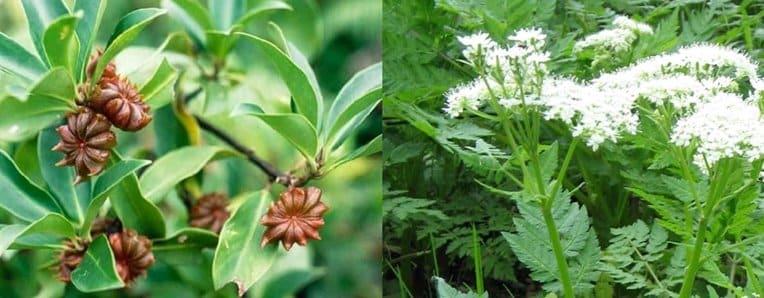
No. Anise seed is not the same as star anise, i.e., these are different plants that belong to distinctive botanical families. However, their flavor is similar because they both have anethole that gives them their unique flavor that resembles licorice and fennel.
Also, you can use them interchangeably in your recipes to achieve the same taste so long as you know the right amount as star anise is pungent than anise. i.e., it has a more potent licorice-like taste.
Star anise (Illicium verum) is an evergreen, perennial, flowering plant (medium-sized tree) belonging to the Schisandraceae family and genus Illicium native to Southwest China and Vietnam. Its other common names are star anise seed, staranise, Chinese star anise, star aniseed, or badian and the name 'anise' is due to the similarity of its flavor to anise spice.
On the other hand, anise (Pimpinella anisum) is an annual herbaceous flowering plant belonging to the Apiaceae family and genus Pimpinella native to Egypt and southern parts of the Mediterranean region. Other common names for aniseed or anix.
Apiaceae or Umbelliferae is commonly known as the carrot, parsley, or celery family, and its members are at times known as umbellifers. It has many aromatic plants such as chervil, celery, carrot, cumin, dill, fennel, lovage, coriander, ajwain, etc.
Sometimes, people wrongly call fennel as sweet anise or anise. These two are not the same, as we have seen while looking at anise vs. fennel.
Anise vs. star anise appearance
Let us not look at appearance and description to help reveal more differences before going to the uses and health benefits.
| Star anise | Anise | |
| Type of plant | Perennial medium-sized tree | An annual herbaceous plant |
| Size | Star anise tree grows up to 15 to 20 feet high and about 10 feet wide. | Small in size with almost the same width and height. It grows up to about two feet tall. |
| Leaves | It has glossy green, simple oval aromatic leaves with a sharp apex. They measure about 5 to 15 cm long and about 2 to 5 cm wide, their surface has a leathery texture, and you will find them often in a bunch of six. | Anise has shallowly serrated bright green leaves that measure about 1 to 5cm long. Those towards the base are larger and have long stalks, while those on the upper side of the plant form a feathery pinnate with many small leaflets and have shorter stalks. |
| Stems | Their stem or trunks are about 25cm in diameter, and they have a whitish bark. | This flowering plant has a shorter compound stalk. |
| Flower | Star anise flowers are bisexual, i.e., have both male and female parts. Also, they are solitary with pink-red 7-12 petals and measure 2.5 to 3.0 cm wide. | Anise produces a dense umbel with white or yellow flowers that are about 0.3cm in size. |
| Blooming time | March to May, and the seeds mature by October. | Early summer to midsummer. |
| Fruits | Staranise has star-shaped reddish-brown fruits measuring 3 to 4.5 cm. Each fruit has 6-8 boat-shaped carpels (pericarp) or follicles, each carrying a single seed | This herb has elongated or oblong graying-green dry seeds measuring 0.3 to 0.6 cm long. These seeds are known as aniseed, and they are smaller. |
Star anise vs. anise pictures
Leaves
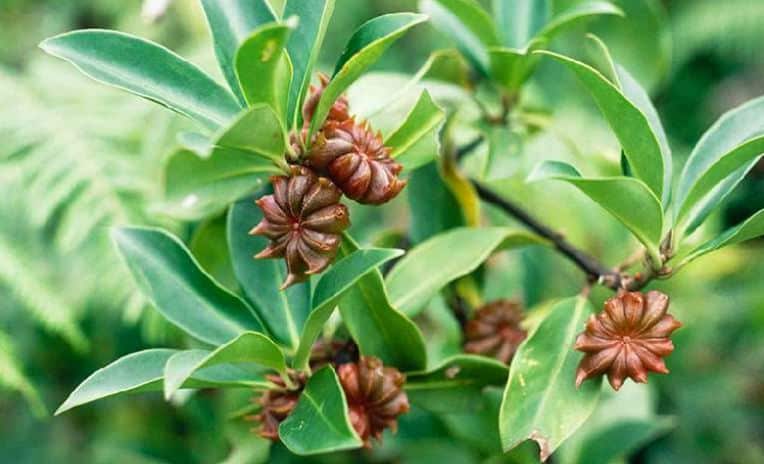
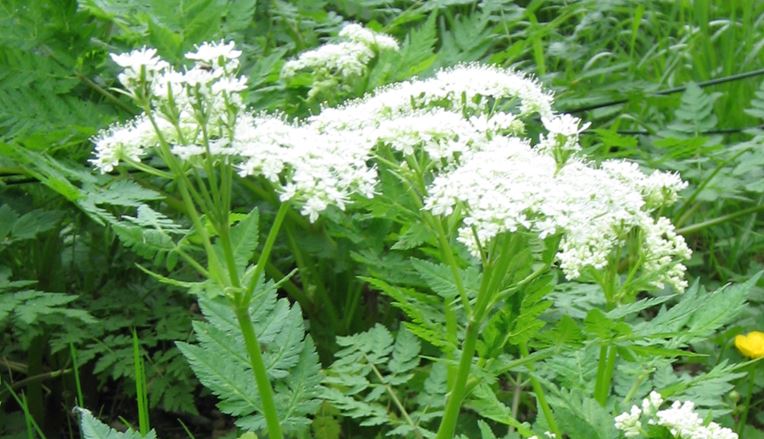
Flowers
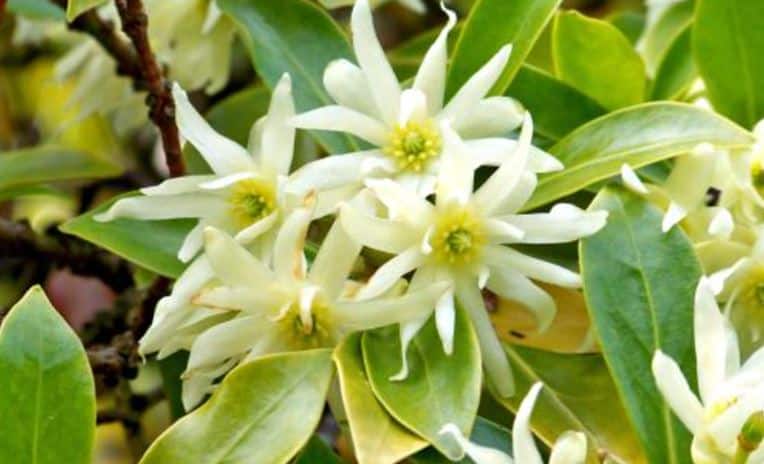
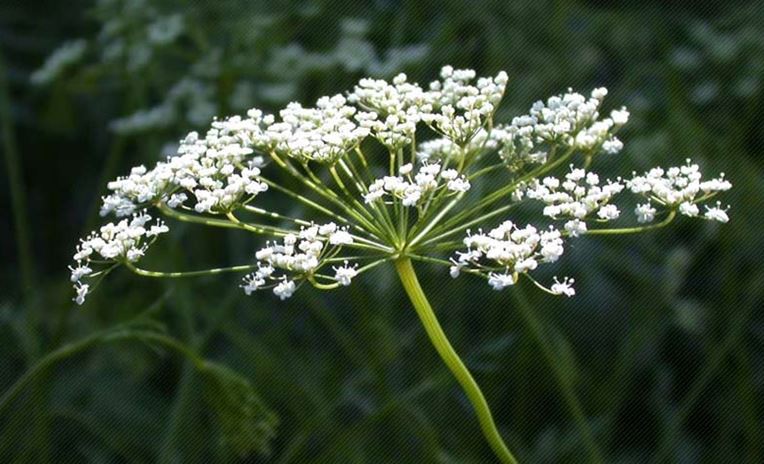
Seeds
As you can see, the seeds don’t have the same color. Staranise has larger, reddish-brown seeds in star-like pericarps, while anise seeds are more petite, elongated, and grey-green.
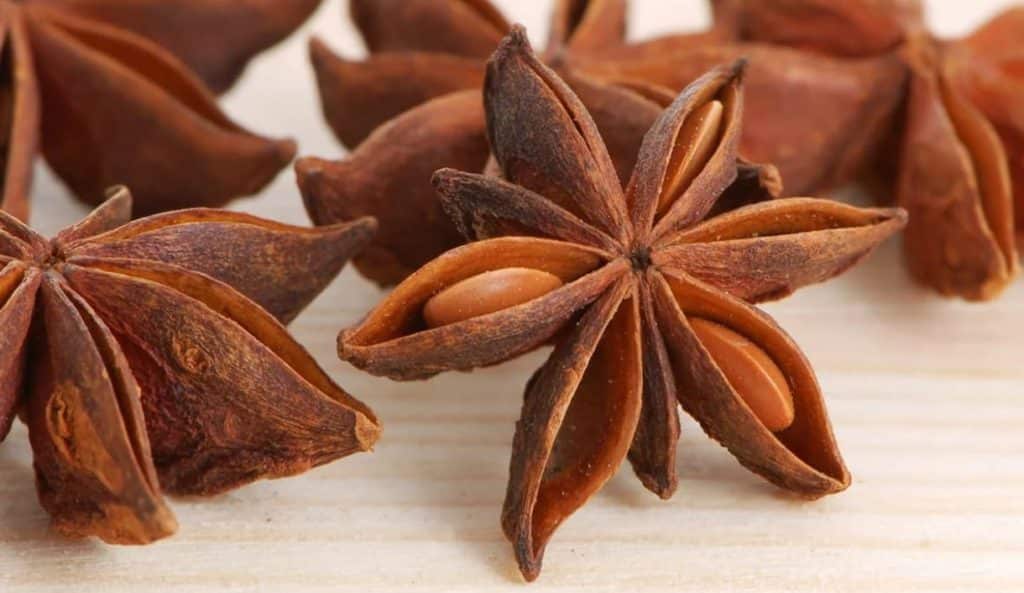
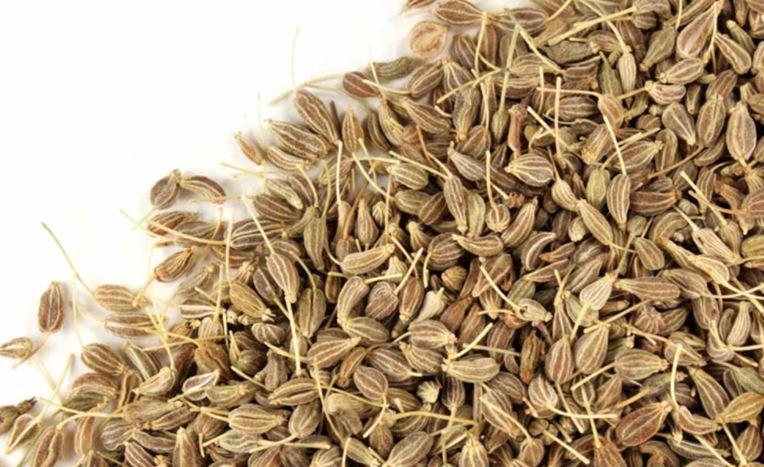
Anise seed vs. star anise uses
Both these seeds find their application in culinary because they have anethole that gives them an aromatic flavor.
Staranise uses
You can as a whole pod or grind them. However, if you decide to use whole star anise pods, it may overwhelm other ingredients if you have them too early. Also, you need to remove the pods once you are done with cooking, i.e., before serving.
Common culinary uses include the following
- A cheaper substitutes anise in baking and liqueur (Galliano) products in the West, and the French add it to the mulled wine vin chaud or hot wine
- As a spice in biryani and masala chai preparation in India, and is an ingredient of the five-spice powder that the Chinese use in their cooking
- Used in many Chinese, Malay, Indonesian cuisines, and a significant ingredient in making Vietnamese noodle known as phở
Other non-culinary uses
- It contains shikimic acid, a precursor for making oseltamivir (Tamiflu), and influenza medication. However, lately, there is a preference for E. coli fermentation to produce shikimic acid as it’s cheaper.
Anise uses
Anise is primarily used as a spice. i.e., its whole or ground seeds. However, some people use the leaves in cheese spreads, salads, and dips or roots in soups and stews for a mild fennel-like taste.
Common culinary uses include the following:
- In teas and tisanes alone or with other spices, including in a hot Mexican chocolate known as atole de anís
- In confectionaries, like aniseed twists, black jelly beans, Australian humbugs and in Italian biscotti, and Italian pizzelle
- Various foods and cuisines like Italian sausage, pepperoni
- Flavoring liqueurs such as Raki, Ouzo, Pernod, and Sambuca
Some of the non-culinary uses of anise include the following
- Eaten after meals in Pakistan and India to promote digestion
- Making anise essential oil
- Several uses in Traditional European medicine (reduce flatulence, manage sleeplessness, treat asp bites together with honey, and make the water of anise). Also, it was chewed with alexanders and some honey to deal with bad breath.
- Drag hunting and fish luring
- Turkish traditional medicine to boost appetite as a diuretic and tranquilizer
Can you use star anise in place of anise seed?
The answer isn’t a yes or no. However, it depends. Both these seeds have the warm, sweet, and spicy flavor perfect for savory diets. However, star anise seeds have a more potent or more intense flavor than anise. Therefore, you may not achieve the same delicate tastes if you interchange them.
Secondly, consider the cuisine. While these two have a similar flavor, star anise does best in Chinese, Malay, Indonesian, and Indian cuisines, while anise does well in Mediterranean, European, and Middle Eastern cooking.
Finally, if you intend to interchange anise and star anise seeds, always consider proper portions. Also, don’t forget that doing so may not achieve the same delicate diet since their pungency slightly varies.
Health benefits
Besides use in culinary, do these two have any health benefits or just the flavor they add to food? Let us now look at each of these and tell you their health benefits.
Star anise health benefits
Some of the health benefits of staranise include the following (1, 2)
- It has various potent compounds such as linalool, quercetin, gallic acid, limonene, and anethole that work as antioxidants, anti-inflammatory.
- Also, some of these compounds have antifungal, antimicrobial, and antiviral properties
- Improves digestion, reduces nausea and cramps. You will have fewer digestive issues such as bloating, constipation, gas, indigestion, etc.
Anise health benefits
Some of the benefits you will have from this spice include the following (3):
- Nutrient-rich with B vitamins, vitamin c, calcium, calcium, manganese, iron, zinc, magnesium, etc.
- May reduce depression symptoms
- Lowers stomach acids, reducing the severity of conditions such as stomach ulcers.
- Hinders growth of fungi and bacteria
- May reduce menopausal symptoms as it has mimic estrogen compounds
- Can help regulate blood sugar level
- It has anti-inflammatory properties that may manage inflammations due to chronic diseases like cancer, heart problems, or diabetes.
While it has many benefits, you deserve to know that this spice may cause allergies, or the effect of estrogen mimic compounds may breast cancer or endometriosis as they are hormone-sensitive.
Finally, don’t forget to keep amounts low, no more than 9g if you use anise as a medicinal supplement.
Warning
While not the same plant, you need to avoid using Japanese star anise (Illicium anisatum). It is highly toxic as it has a neurotoxin anisatin, and Japanese use it for burned incense, i.e., they don’t eat it.
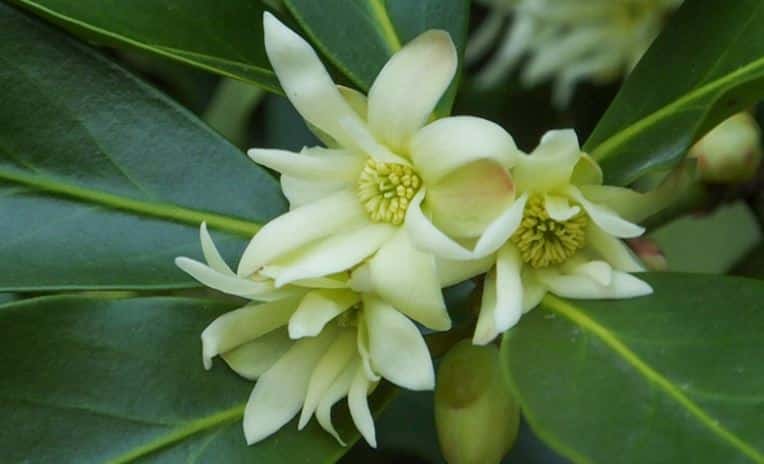
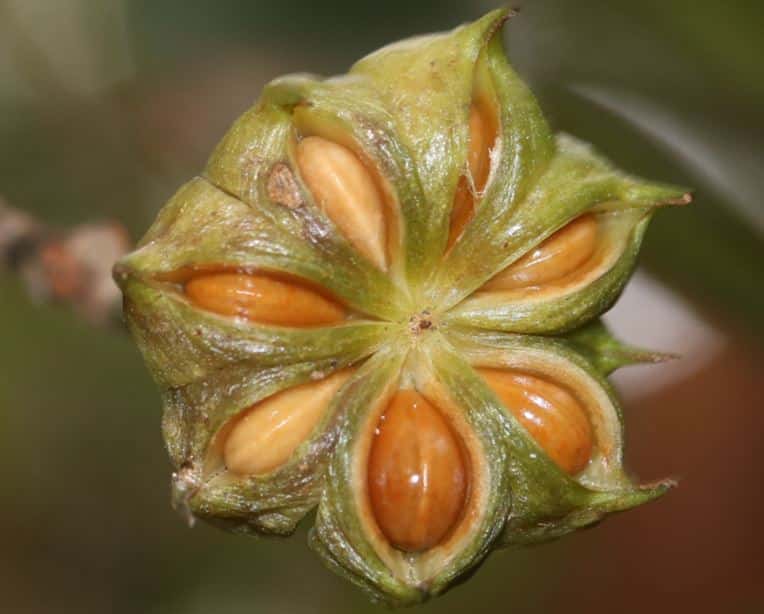
Similarly, Swamp star anise Illicium parviflorum, common in Southern parts of the United States, is also toxic for the same reason.
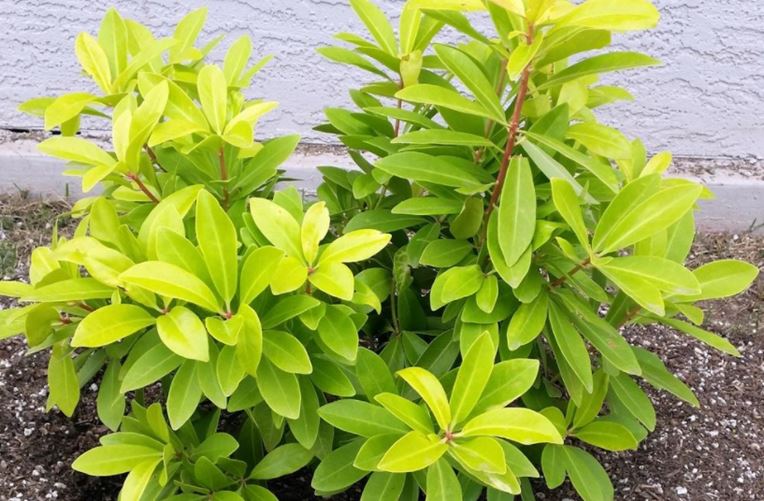
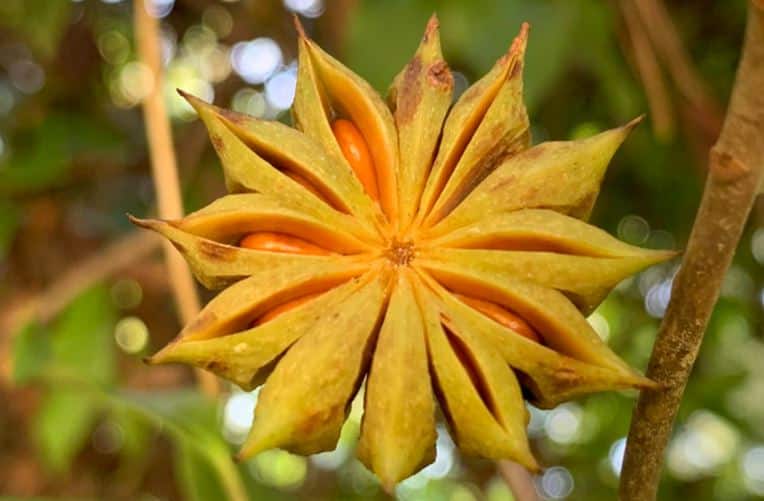
Also, ensure there is no contamination by any of these two as they will harm your health. Always get your whole star anise from a trusted vendor.



Leave a Reply